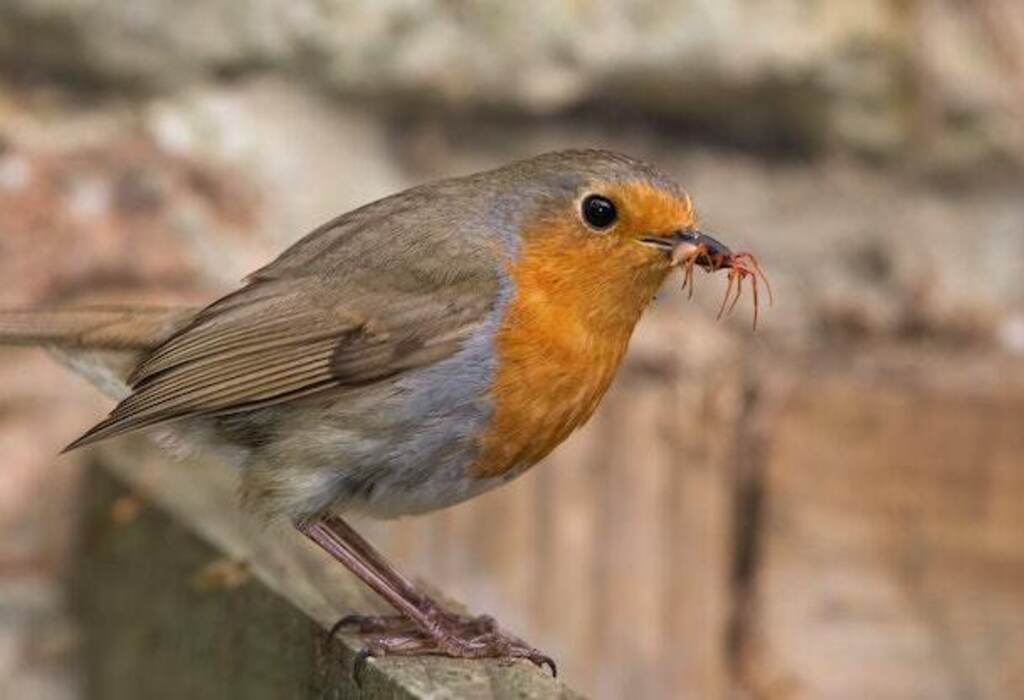They say birds of a feather flock together, but have you ever wondered what those feathered friends feast on? Well, the secret ingredient to their diet is no small matter – it’s insects!
From flying delicacies to ground-dwelling morsels, birds have quite the taste for these miniature wonders. So, what insects do birds eat?
In this article, we’ll lift the lid on their menu, revealing the fascinating reasons behind their dietary choices.
Get ready for a captivating journey into the world of birds and the tiny treats that make their hearts flutter!
Table of Contents
- 1 Key Takeaways
- 2 What Insects Do Birds Eat
- 3 Importance of Insects in Bird Diets
- 4 Types of Insects Birds Eat
- 5 Benefits of Insect Consumption for Birds
- 6 How Birds Catch and Consume Insects
- 7 Insect-Eating Birds and Their Adaptations
- 8 Insects as a Source of Protein and Nutrients
- 9 Impact of Pesticides on Bird Diets
- 10 Conservation Efforts to Protect Insect-Eating Birds
- 11 The Role of Birds in Controlling Insect Populations
- 12 Interesting Facts about Birds and Insect Consumption
- 13 Conclusion: The Fascinating Relationship Between Birds and Insects
- 14 Frequently Asked Questions
- 14.1 How do birds use insects as a food source?
- 14.2 What are some adaptations that insect-eating birds have developed?
- 14.3 What are the nutritional benefits of insects for birds?
- 14.4 How do pesticides affect the diets of insect-eating birds?
- 14.5 What conservation efforts are in place to protect insect-eating birds?
- 15 Author
Key Takeaways
- Birds rely on insects for essential nutrients and energy, including proteins, fats, carbohydrates, vitamins, and minerals.
- Insects play a crucial role in bird populations and their reproductive success, as they help maintain a balanced diet and prevent nutritional deficiencies.
- Birds have adapted specialized beaks and feeding techniques to catch and consume insects, such as woodpeckers extracting insects from tree bark and swallows catching insects in flight.
- Insects provide a high-energy food source for migratory birds, and their availability along migration routes is crucial for bird survival and migration success.
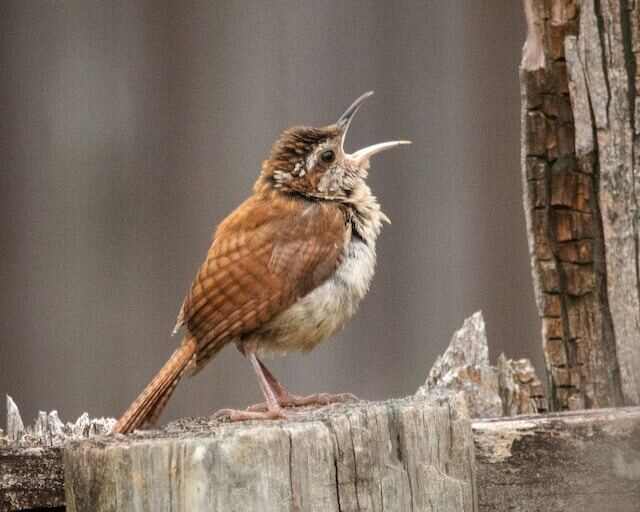
What Insects Do Birds Eat
Birds feast on a wide variety of insects, including beetles, caterpillars, moths, ants, grasshoppers, and more.
These tiny treats provide essential nutrients like proteins, fats, vitamins, and minerals, supporting bird growth, reproduction, and overall health.
The insect buffet keeps our feathered friends chirping with delight!
Importance of Insects in Bird Diets
The presence of insects in bird diets is of paramount importance, as they provide essential nutrients and energy for bird growth and survival.
Birds rely heavily on insects as a key source of food due to their high nutritional value.
Insects are rich in proteins, fats, and carbohydrates, which are crucial for the development of young birds and the maintenance of adult birds.
Additionally, insects contain essential vitamins and minerals that are vital for bird health.
Insect diversity plays a significant role in bird diets. Birds have evolved to exploit a wide range of insect species, taking advantage of the diverse ecological niches insects occupy.
This allows birds to access a variety of nutrients and avoid over-reliance on a single insect species.
The availability of diverse insect prey ensures a balanced diet for birds, preventing nutritional deficiencies and promoting overall fitness.
Furthermore, the consumption of insects by birds contributes to the ecological balance in ecosystems. Birds act as natural pest controllers, regulating insect populations and minimizing the risk of outbreaks.
By consuming insects, birds help maintain the delicate balance within ecosystems, preventing the excessive proliferation of certain insect species that could have negative impacts on vegetation and other organisms.
Understanding the importance of insects in bird diets lays the foundation for exploring the types of insects birds eat.
Types of Insects Birds Eat
Various winged creatures consume a wide array of small creatures, including bugs, beetles, and flies, as part of their diet.
Insects are a common food source for many bird species and play a crucial role in their survival. Some of the most common insects found in bird diets include caterpillars, grasshoppers, moths, and ants.
These insects provide essential nutrients such as proteins, fats, and vitamins that are necessary for the birds’ growth, development, and overall health.
The availability of insects greatly impacts bird populations.
When insect populations decline due to factors such as habitat loss, pesticide use, or climate change, birds may struggle to find enough food to sustain themselves and their young.
This can lead to decreased reproductive success, reduced population sizes, and even local extinctions of certain bird species.
For example, studies have found that birds that have access to a greater variety of insect prey are more likely to successfully raise their offspring.
Insects also serve as an important food source during migration, providing the energy needed for long flights.
The common insects found in bird diets are vital for the survival and well-being of avian species.
The availability of insects has a significant impact on bird populations, influencing their reproductive success and overall survival.
Transitioning into the subsequent section about the benefits of insect consumption for birds, it is clear that these small creatures play a crucial role in maintaining healthy and thriving bird populations.
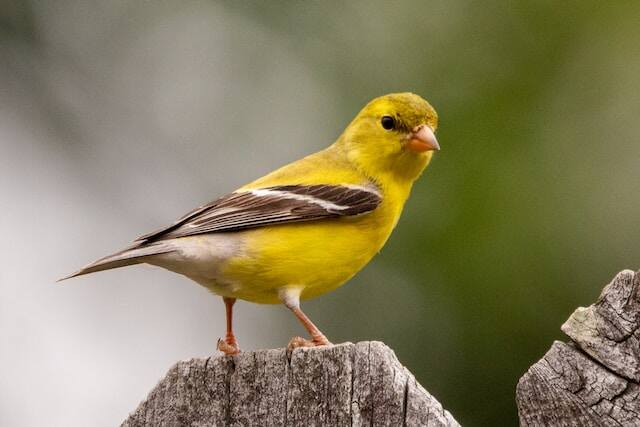
Benefits of Insect Consumption for Birds
One intriguing statistic reveals that avian species heavily rely on insect consumption to obtain the essential nutrients for their growth, development, and overall health.
Insects provide birds with a rich source of proteins, fats, vitamins, and minerals that are vital for their physiological functions.
This dietary preference has ecological advantages as well. By consuming insects, birds help control insect populations, preventing outbreaks that could have detrimental effects on ecosystems.
Additionally, birds play a crucial role in pollination, as they feed on nectar-seeking insects and inadvertently transfer pollen from flower to flower.
This symbiotic relationship between birds and insects ensures the survival and reproduction of many plant species.
Studies have shown that insect consumption positively impacts bird populations. Birds that have access to a diverse range of insect prey tend to have higher reproductive success rates and healthier offspring.
Insect consumption also enhances the foraging abilities of birds, allowing them to efficiently locate and capture their prey.
The specialized beaks and feeding strategies of certain bird species have evolved to optimize their insect-catching abilities.
Transitioning into the subsequent section about ‘how birds catch and consume insects’, it is important to understand the various techniques and adaptations that enable birds to effectively capture their insect prey.
How Birds Catch and Consume Insects
Birds employ a range of specialized techniques and adaptations to efficiently capture and consume their insect prey. These strategies have evolved over time to maximize their feeding efficiency and ensure their survival.
Here are three main ways in which birds catch and consume insects:
- Aerial foraging: Many bird species, such as swallows and flycatchers, are adept at catching insects while in flight. They use their agility and speed to chase down flying insects, often performing intricate aerial maneuvers to snatch them from the air. These birds have evolved long, pointed wings and streamlined bodies to enhance their flying abilities.
- Pouncing and pecking: Ground-dwelling birds, like sparrows and thrushes, use a different approach to catch insects. They often spot their prey on the ground or in vegetation and then quickly pounce on it. Once they have captured the insect, they peck at it repeatedly to subdue and consume it. These birds have developed strong beaks and sharp talons to aid in their hunting techniques.
- Probing and gleaning: Some bird species, such as woodpeckers and warblers, have specialized bills that allow them to probe and glean insects from tree bark or foliage. They use their bills to search for hidden insects or extract them from crevices. These birds have developed long, curved bills that enable them to reach into tight spaces and extract their prey.
Insect-eating birds and their adaptations play a crucial role in maintaining the balance of ecosystems by controlling insect populations.
Transitioning into the next section, we will explore the specific adaptations that enable birds to feed on insects in greater detail.
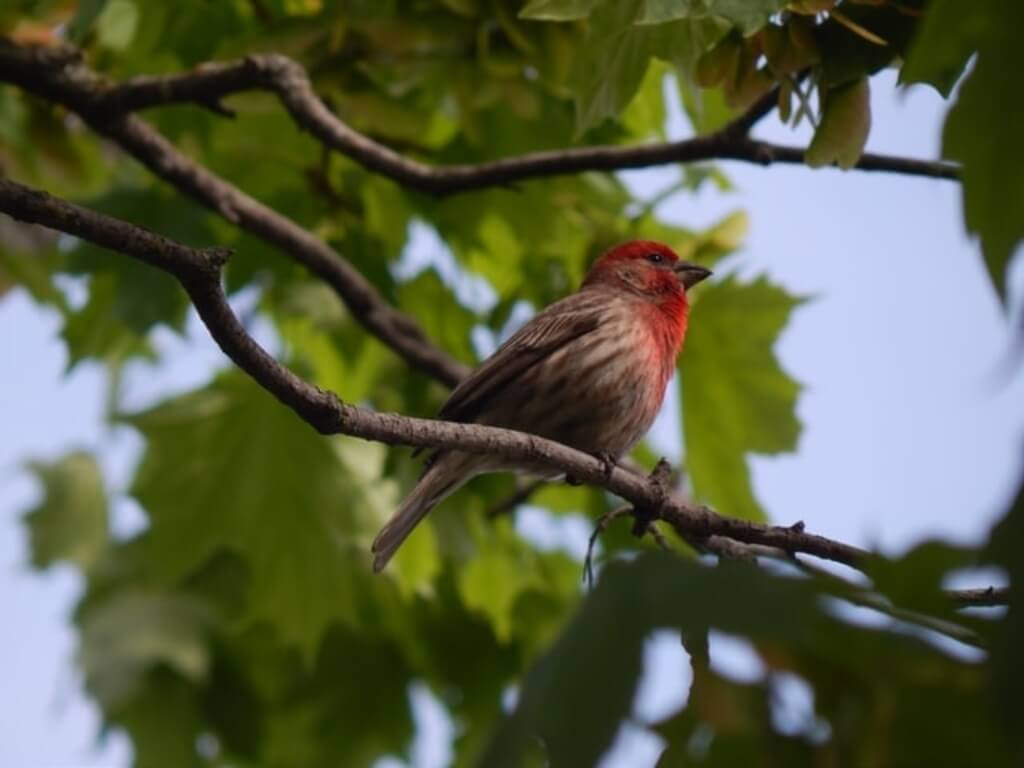
Insect-Eating Birds and Their Adaptations
Woodpeckers, swallows, warblers, flycatchers, and hummingbirds are all insect-eating birds that have evolved unique adaptations for capturing and consuming their prey.
Woodpeckers have strong beaks and long tongues that they use to excavate holes in tree bark and extract insects.
Swallows have agile flight patterns and wide beaks that allow them to catch insects on the wing.
Warblers have slender bills and a knack for picking insects off leaves and branches.
Flycatchers have broad bills and a fly-catching technique that involves perching and then darting out to catch insects in mid-air.
Hummingbirds, with their long, slender beaks and rapid wingbeats, are able to hover in front of flowers and extract nectar while also catching small insects.
These adaptations demonstrate the remarkable diversity of strategies that insect-eating birds have developed to feed on their preferred prey.
Woodpeckers
Drumming on tree trunks with rapid, synchronized movements, woodpeckers excavate holes to search for insects hidden beneath the bark.
These birds have developed several adaptations that allow them to successfully feed on insects.
Woodpeckers have strong, chisel-like beaks that enable them to drill into the wood, while their long, barbed tongues are used to extract prey from crevices.
Additionally, they possess stiff tail feathers and specialized feet with sharp claws, which provide stability and allow them to cling to vertical surfaces.
Woodpeckers primarily feed on wood-boring insects, such as beetles and larvae, but they also consume ants, termites, and spiders.
By incorporating a diverse range of insects into their diet, woodpeckers are able to obtain the necessary nutrients for their survival.
Transitioning to the subsequent section about swallows, these aerial insectivores employ different strategies to capture their prey.
Swallows
Swallows are known for their impressive aerial acrobatics as they effortlessly glide through the sky, capturing their prey with precision and grace. These agile birds are insectivores, meaning their diet primarily consists of insects.
Swallows play a crucial role in controlling insect populations, particularly during the warmer months when insects are abundant.
They are highly skilled at catching insects on the wing, utilizing their sharp beaks and agile flight to snatch up their prey mid-flight.
Swallows often feed on a variety of flying insects, including flies, mosquitoes, beetles, and moths. They are particularly adept at catching insects in mid-air, making them an efficient predator.
Their insect-focused diet also explains why swallows are migratory birds, as they follow the seasonal movements of their prey.
In the next section, we will explore the feeding habits of warblers, another group of insect-eating birds.
Warblers
Warblers, known for their vibrant plumage and melodic songs, are insectivorous birds that rely on their agility and precision while foraging for food. They play a crucial role in controlling insect populations, particularly during the insect migration season.
Here are four key points about warblers and their feeding habits:
- Diet: Warblers primarily feed on insects such as beetles, moths, flies, and caterpillars. Their sharp beaks and slender bodies allow them to snatch insects mid-air or glean them from foliage.
- Foraging Techniques: These birds employ various foraging techniques, including hover-gleaning, where they hover in mid-air to pick insects off leaves, and flycatching, where they catch insects on the wing.
- Habitat: Warblers are often found in wooded areas, where they can easily find insects among the trees and shrubs. They also frequent wetlands and grasslands during migration.
- Insect Migration: Warblers take advantage of the seasonal insect migrations, following the prey as it moves north or south. This allows them to find abundant food sources during their long-distance journeys.
With their specialized feeding adaptations and reliance on insect-rich habitats, warblers contribute significantly to the balance of ecosystems.
Transitioning to the next topic, flycatchers, we explore another group of birds that also play a crucial role in insect control.
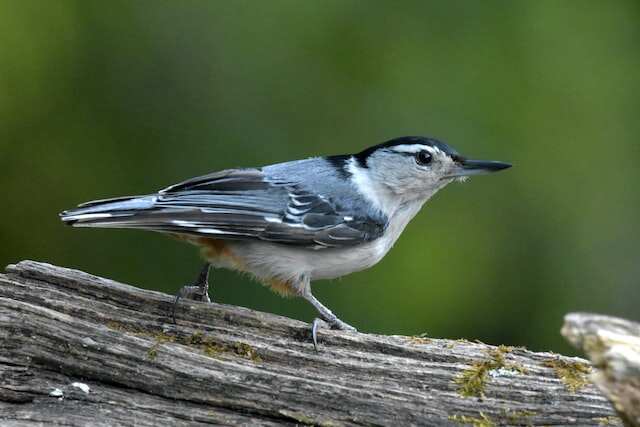
Flycatchers
Flycatchers, a diverse group of avian species known for their aerial acrobatics and distinctive hunting techniques, possess remarkable adaptations that enable them to capture their prey with exceptional precision.
These insectivorous birds primarily feed on flying insects, such as flies, beetles, moths, and mosquitoes. They are adept at catching their prey mid-air, often using their sharp beaks to snatch insects in flight.
Flycatchers employ various hunting strategies, including hawking, sallying, and gleaning, depending on their specific species and habitat.
Some species, like the Eastern Phoebe, wait on perches and sally forth to catch insects in mid-air, while others, like the Vermilion Flycatcher, perform acrobatic aerial maneuvers to capture their prey.
These behaviors highlight the remarkable adaptability and resourcefulness of flycatchers as they navigate the complex world of insect-eating birds.
Transitioning to the subsequent section, hummingbirds also exhibit fascinating feeding behaviors that are worth exploring.
Hummingbirds
Flycatchers, known for their aerial acrobatics, are skilled at catching insects mid-flight. Now, let’s turn our attention to another fascinating group of birds: hummingbirds.
These tiny creatures have unique feeding habits that set them apart from other birds. Hummingbirds primarily feed on nectar from flowers, using their long, slender bills to access the sweet liquid.
However, insects also play a crucial role in their diet. Hummingbirds consume small insects, such as gnats and spiders, to supplement their energy requirements.
In fact, insects provide essential protein and nutrients that are lacking in nectar alone.
Additionally, as hummingbirds visit flowers in search of nectar, they inadvertently assist in pollination by transferring pollen from flower to flower.
This mutually beneficial relationship between hummingbirds and flowers is a fascinating example of coevolution.
Moving on to the next topic, let’s explore the feeding habits of nuthatches.
Nuthatches
Nuthatches, with their unique ability to climb down trees headfirst, have a distinctive feeding style that involves searching for insects and seeds hidden in the bark.
They use their strong bills to pry open crevices in the tree bark and extract insects such as beetles, ants, caterpillars, and spiders.
Nuthatches also consume a variety of seeds, including those from conifers and hardwood trees.
Their foraging behavior includes hopping along tree trunks and branches while probing and pecking at the bark.
Nuthatches are known to store food for later consumption, often wedging seeds into tree bark crevices. This behavior allows them to survive during times of scarcity.
Their diet primarily consists of insects and seeds, making them important insectivores in forest ecosystems.
Transitioning to the next section, sparrows also play a significant role in the avian insectivore community.
Sparrows
Nuthatches, known for their ability to climb up and down tree trunks, primarily feed on insects that they find hidden in the bark.
Now, let’s shift our focus to sparrows and explore their eating habits. Sparrows are small passerine birds that can be found in a wide range of habitats, from urban areas to grasslands and forests.
They have a diverse diet, which includes seeds, grains, fruits, and insects.
In fact, insects play a crucial role in the diet of many sparrow species, especially during the breeding season when they need to provide a high-protein diet for their growing chicks.
Additionally, sparrows are known for their remarkable migration patterns, with some species traveling long distances to find suitable breeding and wintering grounds.
This constant movement allows sparrows to access different insect-rich habitats throughout the year. Speaking of birds that also rely on insects for sustenance, let’s now explore the feeding habits of thrushes.

Thrushes
Thrushes, known for their melodious songs and distinctive markings, have a diverse diet that includes a variety of small invertebrates and berries.
They belong to the Turdidae family, which consists of numerous species found across the globe. Some common types of thrushes include the American Robin, European Blackbird, and Song Thrush.
These birds exhibit interesting behaviors while foraging for food. They often hop along the ground, searching for insects, earthworms, and spiders.
Additionally, thrushes are known to flip leaf litter in search of hidden prey. They also have a fondness for berries and fruits, particularly during the breeding season, when they provide a vital source of energy.
Thrushes play an important ecological role by dispersing seeds through their droppings. Moving on to the next section, orioles also play a significant role in insect control.
Orioles
Orioles, with their vibrant plumage and delicate flight, are known for their ability to control insect populations through their foraging behaviors.
These birds play an important role in bird diets as they primarily feed on insects, making them effective natural pest controllers.
Orioles have several adaptations that allow them to consume insects efficiently.
Their long, slender bills are specifically designed to probe flowers and extract nectar, but they also use them to catch insects in mid-air.
Orioles also have sharp, pointed tongues that aid in capturing small insects. Additionally, their agile flight enables them to maneuver swiftly and snatch insects from foliage or even catch them on the wing.
Their diet primarily consists of caterpillars, beetles, ants, and other small arthropods. Transitioning to the subsequent section about ‘wrens’, these small birds have different strategies for insect consumption.
Wrens
Wrens, small passerine birds belonging to the Troglodytidae family, are known for their wide distribution across the Americas.
These birds primarily inhabit forests, woodlands, and shrubby areas, where they find suitable nesting sites.
Wrens tend to build their nests in dense vegetation, such as bushes, thickets, or tree cavities, providing them with protection from predators and harsh weather conditions.
Their nesting behavior involves constructing domed or cup-shaped nests using various materials like twigs, leaves, and feathers.
In addition to their habitat preferences and nesting habits, wrens are also known for their insectivorous diet.
They feed on a variety of insects, including beetles, caterpillars, spiders, and ants, which provide them with essential protein and nutrients.
This reliance on insects as a food source highlights the critical role these invertebrates play in the diet of wrens, contributing to their survival and overall ecological balance.
Transitioning to the subsequent section, the consumption of insects by birds serves as a significant source of protein and nutrients.
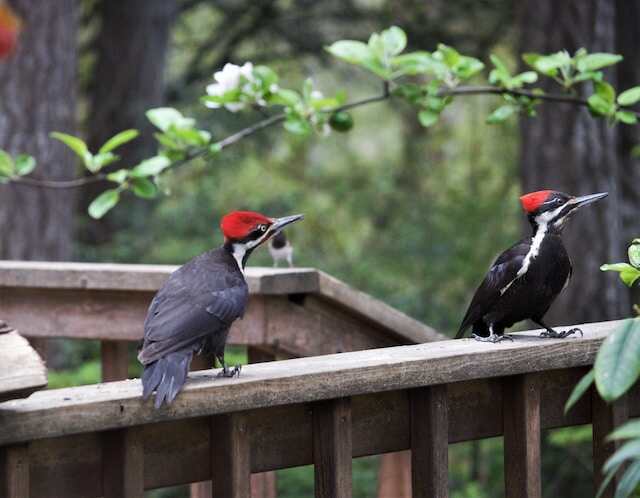
Insects as a Source of Protein and Nutrients
Insects are a valuable source of protein and essential nutrients for many bird species. They serve as a sustainable food option and offer numerous health benefits for avian populations.
- Insects provide a high concentration of protein, which is crucial for the growth and development of birds. Protein is essential for muscle production, feather regeneration, and maintaining overall body condition. Additionally, insects contain amino acids that are necessary for various physiological processes in birds.
- Insects are rich in vitamins and minerals that are vital for avian health. They offer a natural source of vitamins A, B complex, and E, as well as minerals like calcium, iron, and zinc. These nutrients play a significant role in maintaining strong bones, promoting proper immune function, and supporting reproductive success in birds.
- Insects also contain beneficial fatty acids, such as omega-3 and omega-6, that contribute to the overall well-being of avian species. These fatty acids are essential for maintaining healthy feathers, promoting proper brain function, and reducing inflammation in birds.
Considering the importance of insects as a protein and nutrient source for birds, it is crucial to recognize the potential impact of pesticides on their diets. Pesticides can contaminate insects, reducing their nutritional value and potentially harming bird populations.
Impact of Pesticides on Bird Diets
Pesticides have the potential to significantly impact the diets of avian species, potentially compromising their access to essential nutrients and protein sources.
The impact of pesticides on bird populations is a concern due to their widespread use in agriculture and other human activities.
Pesticides can accumulate in the environment and affect bird populations through various pathways.
One of the main effects of pesticide exposure on birds is the reduction in insect populations, which are an important food source for many bird species.
Insect-eating birds rely on a diverse range of insects to meet their nutritional needs, including protein and other essential nutrients.
Pesticides can directly kill insects or indirectly reduce their abundance by affecting their reproductive success, behavior, or habitat availability.
This decline in insect populations can have detrimental effects on bird populations, leading to decreased reproductive success, lower survival rates, and overall population declines.
Furthermore, the effect of pesticide exposure on bird reproduction is a major concern.
Pesticides can disrupt the hormonal balance in birds, affecting their reproductive systems and leading to eggshell thinning or abnormal development of reproductive organs.
These reproductive abnormalities can result in reduced hatching success and the overall decline in bird populations.
The impact of pesticides on bird populations, particularly their effect on insect abundance and reproductive success, is a significant concern for conservation efforts.
Efforts to protect insect-eating birds should focus on minimizing pesticide use, implementing alternative pest control methods, and preserving habitats that support diverse insect populations.
Conservation Efforts to Protect Insect-Eating Birds
The impact of pesticides on bird diets has raised concerns about the decline of insect-eating bird populations.
To address this issue, conservation efforts have been implemented to protect insect populations and ensure the survival of insect-eating birds.
These efforts aim to create and maintain suitable habitats for insects, as well as reduce the use of harmful pesticides.
- Habitat preservation: Conservation organizations work to protect and restore natural habitats that are crucial for insect survival. By conserving wetlands, grasslands, and forests, these efforts provide a diverse range of plants and insects for birds to feed on.
- Education and awareness: Raising awareness about the importance of insects in bird diets is essential for promoting insect conservation. Educational initiatives inform the public about the role of insects in ecosystems and the need to protect them.
- Sustainable agriculture practices: Encouraging farmers to adopt sustainable agricultural practices, such as integrated pest management, can minimize the use of pesticides and preserve insect populations. This approach involves using natural predators and beneficial insects to control pests, reducing the need for chemical pesticides.
- Research and monitoring: Continuous research and monitoring help identify the factors influencing insect populations and bird diets. This information is crucial for designing effective conservation strategies and adapting them to changing conditions.
Conservation efforts play a vital role in protecting insect populations and, consequently, the survival of insect-eating birds. Understanding these efforts is essential to appreciate the significant role that birds play in controlling insect populations.
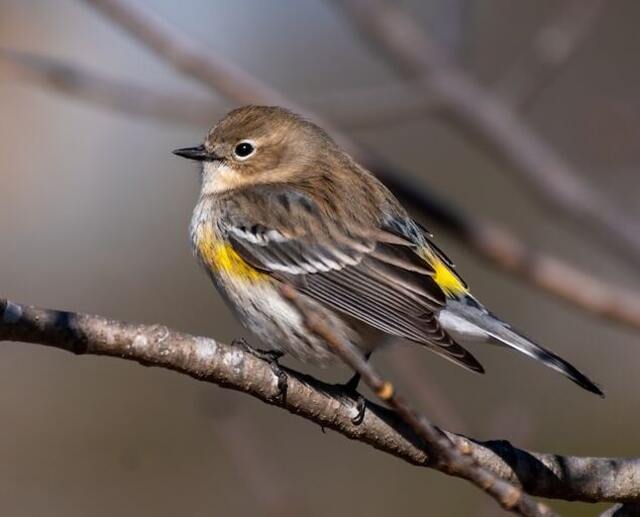
The Role of Birds in Controlling Insect Populations
Avian predators, with their impressive aerial skills and sharp vision, serve as nature’s guardians, tirelessly patrolling the skies and keeping insect populations in check.
Birds play a crucial role in controlling insect populations and have a significant impact on agricultural ecosystems.
Insect-eating birds, such as swallows, flycatchers, and warblers, are particularly important in crop protection.
These birds feed on a variety of insects, including pests that can cause significant damage to crops.
The ecological importance of insect-eating birds lies in their ability to regulate insect populations.
By consuming large numbers of insects, birds help to maintain a balance in ecosystems and prevent outbreaks of pests.
This natural form of pest control reduces the need for chemical pesticides, which can have detrimental effects on the environment and non-target organisms.
Research has shown that the presence of insect-eating birds in agricultural areas can lead to increased crop yields and decreased pest damage.
These birds can significantly reduce the populations of pests such as aphids, caterpillars, and grasshoppers, which are known to cause substantial economic losses to farmers.
In addition to their role in crop protection, insect-eating birds also contribute to the overall biodiversity of ecosystems.
They provide food for other predators, such as raptors and mammals, and their presence supports a healthy and functioning ecosystem.
Understanding the important role that birds play in controlling insect populations is just the first step in appreciating the fascinating relationship between birds and their insect prey.
Interesting Facts about Birds and Insect Consumption
Birds play a crucial role in controlling insect populations, as discussed in the previous section. Now, let’s delve into some interesting facts about how birds consume insects.
- Insect-eating bird species: There are several species of birds that primarily feed on insects. These include swallows, flycatchers, warblers, and sparrows. These birds have specialized beaks and feeding techniques that allow them to catch and consume a wide variety of insects.
- Bird migration patterns: Birds often migrate over long distances to find suitable breeding and feeding grounds. During migration, they rely heavily on insects as a food source. Insects provide a high-energy diet that fuels their long flights.
- Insect availability: The availability of insects can vary depending on the season and geographical location. Birds have evolved to take advantage of insect outbreaks, such as the emergence of cicadas or the hatching of mayflies. They can quickly locate and consume large quantities of insects during these periods.
- Impact on ecosystems: Birds’ consumption of insects can have significant effects on ecosystems. By controlling insect populations, birds help maintain the balance of various plant and animal species. They also contribute to the decomposition of organic matter by consuming insects that feed on decaying material.
The relationship between birds and insects is a fascinating one. Birds have adapted various feeding strategies to exploit the abundance of insects, especially during migration. Their role in controlling insect populations and shaping ecosystems is truly remarkable.
Conclusion: The Fascinating Relationship Between Birds and Insects
The intricate interplay between avian species and the insect world unveils a captivating dynamic that illuminates the delicate balance and intricate web of life within ecosystems.
Birds, with their diverse diets, play a crucial role in maintaining the population levels of various insect species.
In return, insects serve as an important food source for birds, providing them with essential nutrients and energy.
Bird migration is one aspect that highlights the relationship between birds and insects. During migration, birds rely heavily on insects as a source of sustenance.
Insects provide a high-energy food source that helps fuel the long and arduous journeys undertaken by migratory birds.
Additionally, insects are often more abundant in certain areas along migration routes, providing a vital food source for birds during their journeys.
Another important aspect of the bird-insect relationship is insect pollination.
Many plants depend on insects, including birds, to transfer pollen from one flower to another, enabling fertilization and reproduction.
Birds, such as hummingbirds, have specialized beaks and long tongues that allow them to access nectar deep within flowers.
As they feed, these birds inadvertently pick up and transfer pollen, aiding in the pollination process.
To further illustrate the significance of bird-insect interactions, the following table presents examples of bird species and the types of insects they consume:
| Bird Species | Types of Insects Consumed |
|---|---|
| Robins | Earthworms, beetles, caterpillars |
| Swallows | Flying insects, such as flies and moths |
| Warblers | Insect larvae, spiders, and caterpillars |
The intricate relationship between birds and insects is a fascinating and essential component of ecosystem dynamics.
Birds rely on insects as a food source during migration and play a vital role in insect pollination.
Understanding and appreciating this relationship is crucial for maintaining the delicate balance of ecosystems and ensuring the survival of both birds and insects.
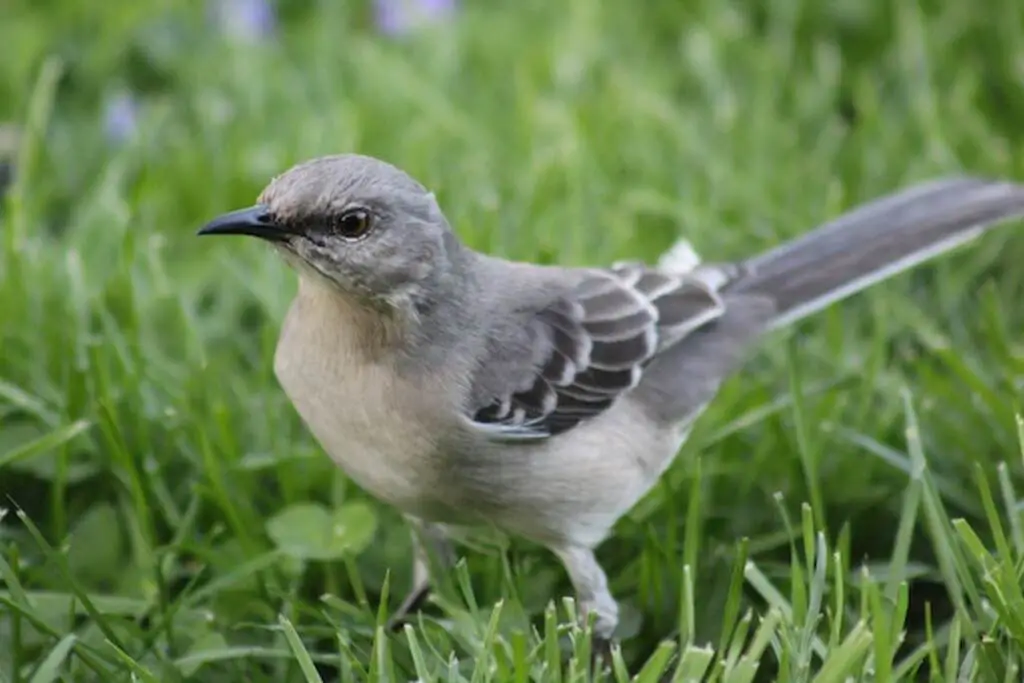
Frequently Asked Questions
How do birds use insects as a food source?
Birds use insects as a food source through various hunting techniques, such as aerial foraging or gleaning. This consumption of insects plays a crucial role in the ecosystem, regulating insect populations and maintaining the balance of the food chain.
What are some adaptations that insect-eating birds have developed?
Insect-eating birds have evolved various adaptations to efficiently consume insects. For example, some bird species have specialized bill shapes and sizes that allow them to capture and handle specific types of insects, enhancing their feeding techniques.
What are the nutritional benefits of insects for birds?
The nutritional importance of insects for birds lies in their high protein and fat content, essential for growth, reproduction, and energy expenditure. Birds employ various foraging techniques to capture insects, enhancing their diet and overall fitness.
How do pesticides affect the diets of insect-eating birds?
Pesticides have a significant impact on bird populations by contaminating their food sources. The effects of pesticide contamination on bird food sources can disrupt the natural diet of insect-eating birds, leading to reduced populations and potential ecosystem imbalances.
What conservation efforts are in place to protect insect-eating birds?
Conservation initiatives and preservation efforts are in place to protect insect-eating birds. These include habitat restoration, creation of protected areas, reduction of pesticide use, and public awareness campaigns to promote bird-friendly practices.

